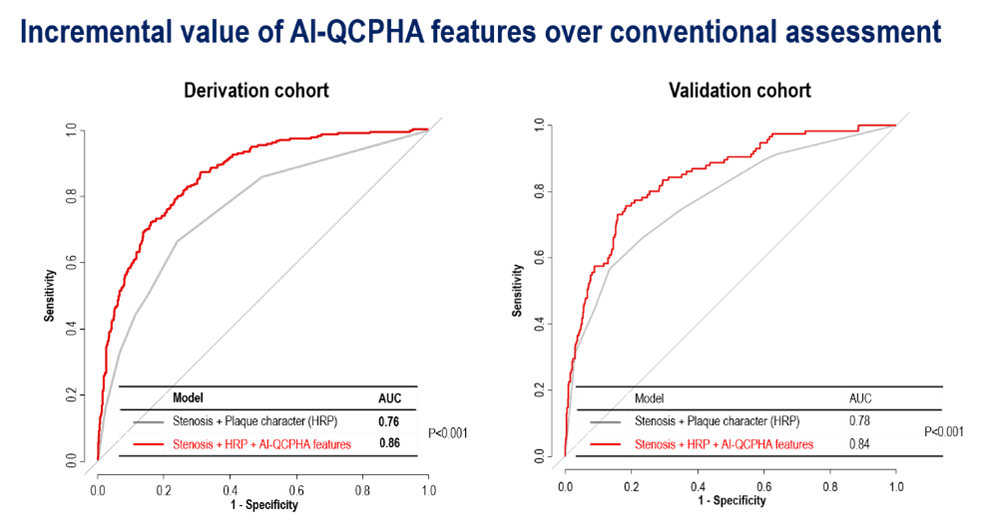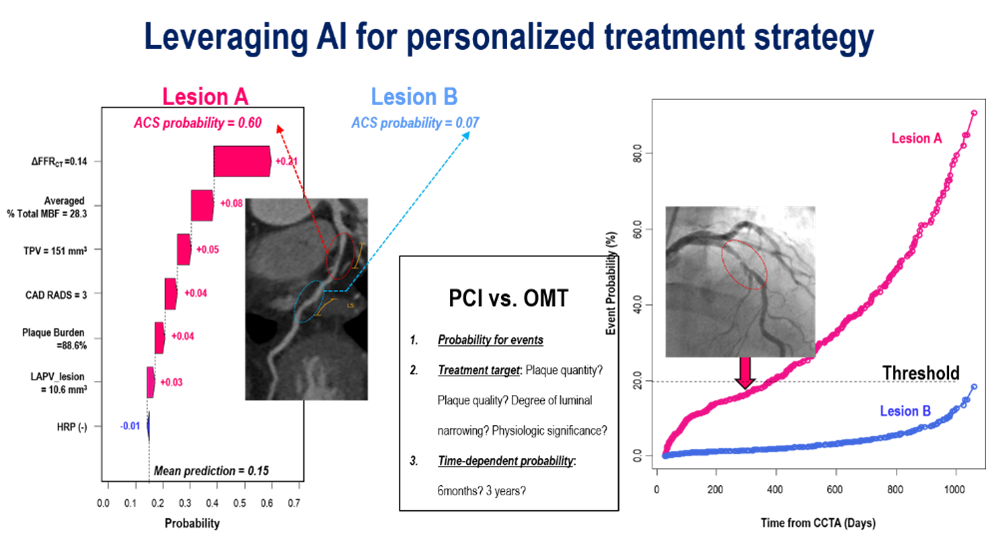
Bon-Kwon Koo
Seoul National University Hospital, Korea (Republic of)
Artificial intelligence (AI) is rapidly redefining the landscape of cardiovascular medicine, particularly in coronary imaging. As it evolves from a niche innovation to a potentially mainstream tool, its role in enhancing image acquisition, interpretation, and individualized treatment planning continues to expand. In an upcoming session at TCTAP 2025 titled "AI in Coronary Imaging: Mainstream or a Niche Research Tool?" Dr. Bon-Kwon Koo (Seoul National University Hospital) will provide insight into the transformative impact of AI on invasive and non-invasive coronary imaging modalities.
In recent years, AI—especially through machine learning (ML) and deep learning (DL)—has emerged as a critical adjunct in coronary imaging. Its applications span multiple domains, from optimizing image quality to automating lesion assessment and even simulating physiology from image data. AI's integration into imaging workflows has become mainstream in several aspects, such as artifact reduction and automated segmentation.
A notable example of AI's clinical utility is seen in the EMERALD II study, where AI-enabled Quantitative Coronary Plaque and Hemodynamic Analysis (AI-QCPHA) demonstrated superior predictive value for future acute coronary syndromes compared to conventional imaging analysis (Figure 1).

Such tools offer clinicians improved risk stratification and data-driven support for treatment decisions.
Another emerging application is the use of explainable machine learning methods that analyze lesion-specific data, enabling precision risk prediction and tailored treatment strategies for individual patients.

However, despite these encouraging advancements, several challenges persist before AI can be fully integrated into everyday clinical practice. AI models depend heavily on large, diverse, and high-quality datasets. Their generalizability across different patient populations and imaging protocols remains a concern. Furthermore, the lack of standardization and the complexity of regulatory pathways pose significant hurdles.
Prospective validation in multicenter, real-world settings is critical. Moreover, achieving regulatory clarity and developing user-friendly interfaces will determine how quickly and effectively AI can transition from academic research to routine bedside use.
Dr. Koo emphasizes the importance of cross-disciplinary collaboration—among clinicians, engineers, and regulatory agencies—to guide the responsible deployment of AI in coronary imaging. He notes that with ongoing validation studies and regulatory adaptation, AI is poised to become an indispensable adjunct in cardiovascular diagnostics.
As this technological frontier advances, TCTAP 2025 attendees will gain valuable foresight into the promise and limitations of AI in coronary imaging and how it might soon shape the future of cardiovascular care.
MedTech Innovation
Thursday, April 24, 3:20 PM - 4:30 PM
Valve & Endovascular Theater, Level 1
Edited by

Junghoon Lee, MD
The Catholic University of Korea, Eunpyeong St. Mary's Hospital, Korea (Republic of)

